一、對(duì)象存儲(chǔ)OSS
阿里云對(duì)象存儲(chǔ)OSS(Object Storage Service)具有豐富的安全防護(hù)能力,支持服務(wù)器端加密、客戶端加密、防盜鏈白名單、細(xì)粒度權(quán)限管控、日志審計(jì)、合規(guī)保留策略(WORM)等特性。OSS為您的云端數(shù)據(jù)安全進(jìn)行全方位的保駕護(hù)航,并滿足您企業(yè)數(shù)據(jù)的安全與合規(guī)要求。
二、應(yīng)用場(chǎng)景
數(shù)據(jù)簽遷移、數(shù)據(jù)湖、企業(yè)數(shù)據(jù)存儲(chǔ)和管理、數(shù)據(jù)處理、容災(zāi)與備份

三、開(kāi)通阿里云OSS
1、(1)申請(qǐng)阿里云賬號(hào)
(2)實(shí)名認(rèn)證
(3)開(kāi)通“對(duì)象存儲(chǔ)OSS”服務(wù)
(4)進(jìn)入管理控制臺(tái)
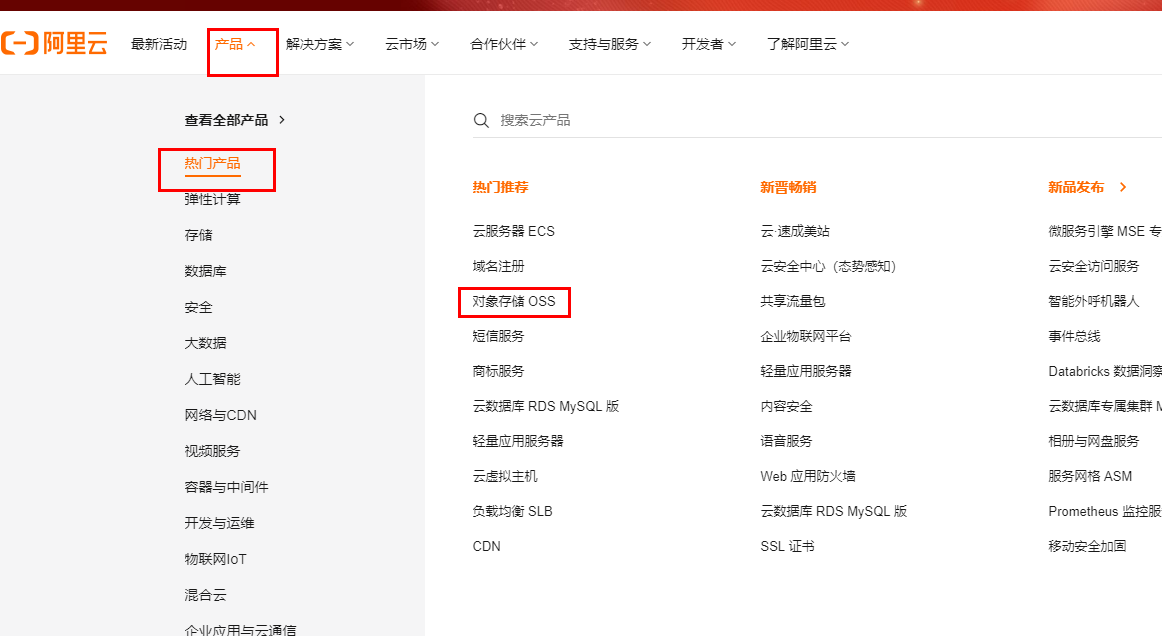

2、創(chuàng)建Bucket
選擇:標(biāo)準(zhǔn)存儲(chǔ)、公共讀、不開(kāi)通
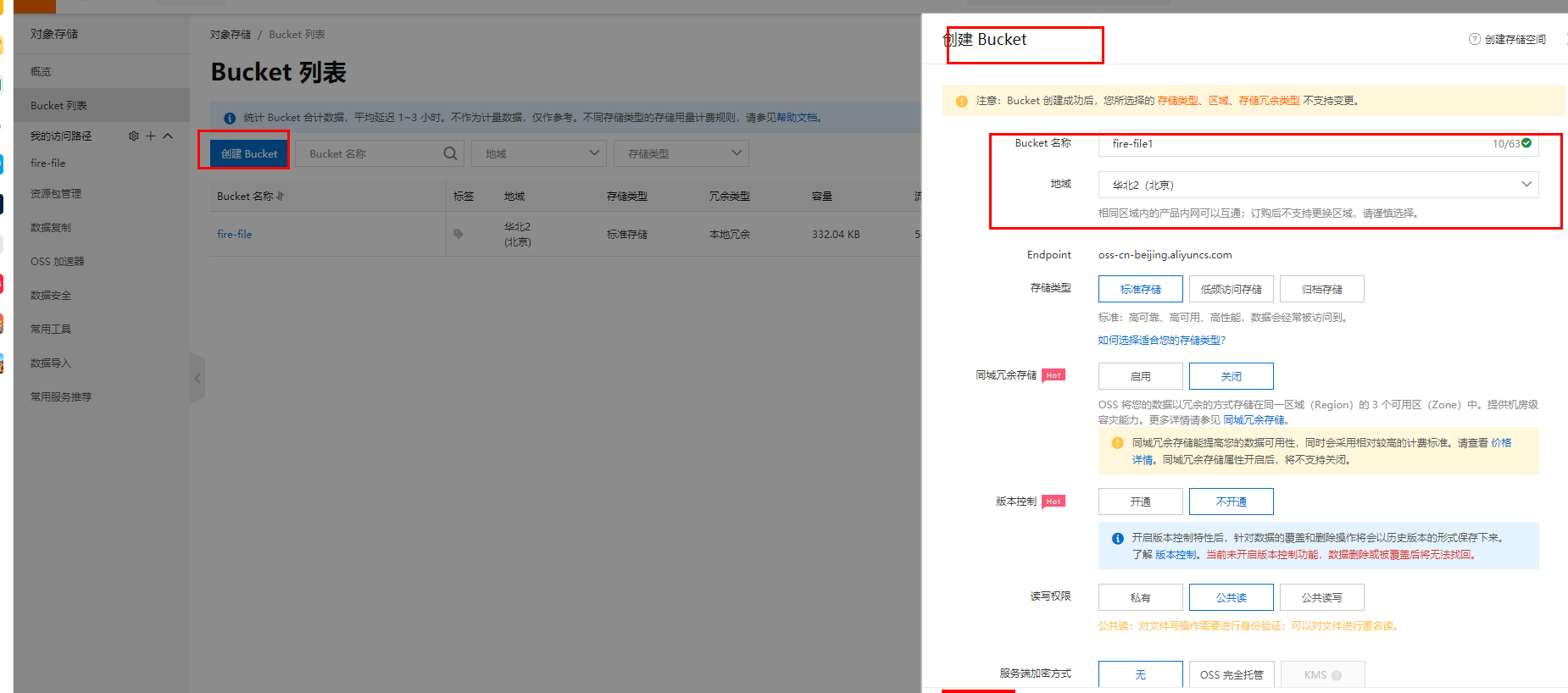
3、上傳圖片
創(chuàng)建文件夾avatar,上傳默認(rèn)的用戶圖片
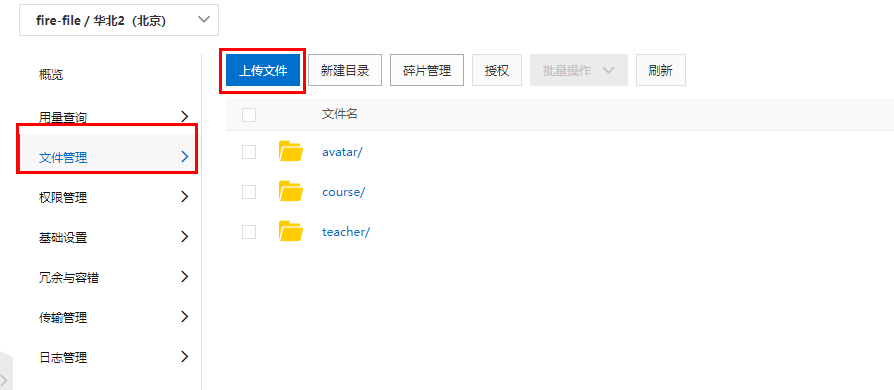
4、創(chuàng)建RAM子用戶、用于程序訪問(wèn)對(duì)象存儲(chǔ)OSS
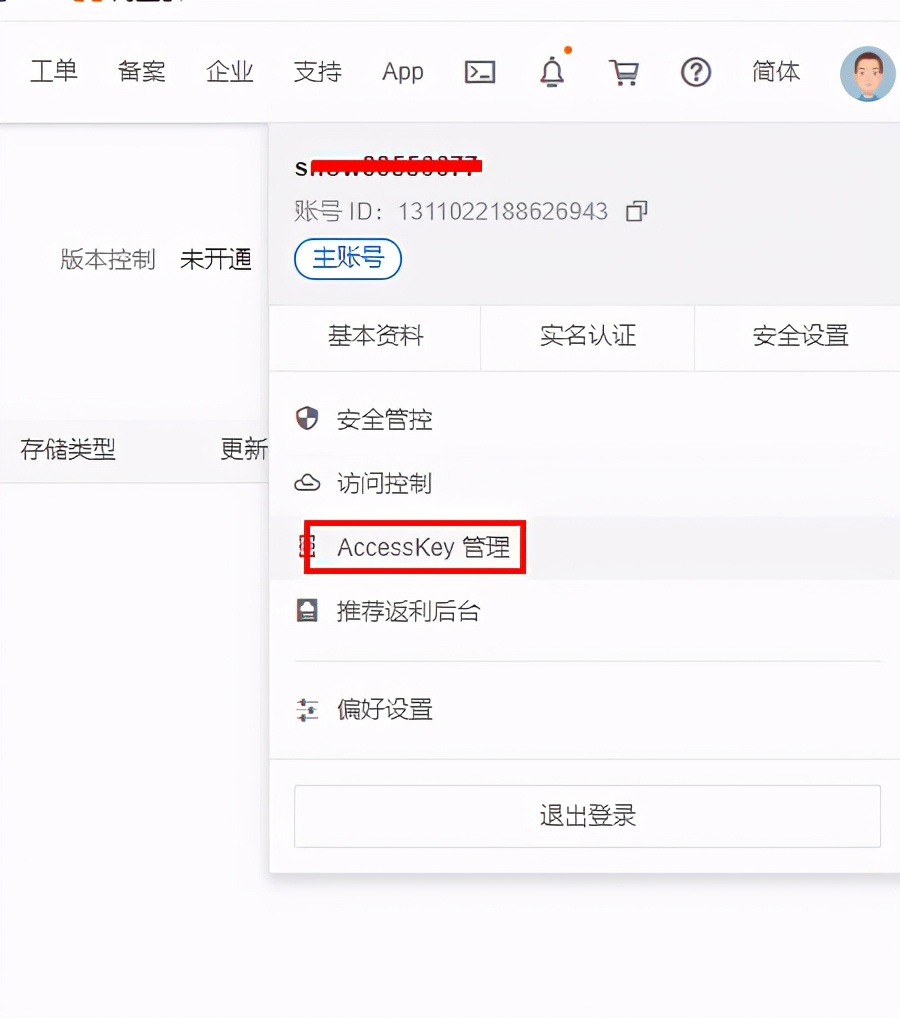
四、使用SDK

1,創(chuàng)建Maven項(xiàng)目
com.atguigu aliyun-oss
2,pom
<dependencies>
<!-- 阿里云oss依賴 -->
<dependency>
<groupId>com.aliyun.oss</groupId>
<artifactId>aliyun-sdk-oss</artifactId>
</dependency>
<!-- 日期工具欄依賴 -->
<dependency>
<groupId>joda-time</groupId>
<artifactId>joda-time</artifactId>
</dependency>
</dependencies>
3,找到編碼用的常量配置
(1)endpoint (2)bucketName (3)accessKeyId (4)accessKeySecret
4,測(cè)試Bucket連接
public class OSSTest {
// Endpoint以杭州為例,其它Region請(qǐng)按實(shí)際情況填寫(xiě)。
String endpoint = "oss-cn-beijing.aliyuncs.com";
// 阿里云主賬號(hào)AccessKey擁有所有API的訪問(wèn)權(quán)限,風(fēng)險(xiǎn)很高。強(qiáng)烈建議您創(chuàng)建并使用RAM賬號(hào)進(jìn)行API訪問(wèn)或日常運(yùn)維,請(qǐng)登錄 https://ram.console.aliyun.com 創(chuàng)建RAM賬號(hào)。
String accessKeyId = "LTAI5tSjEbLtaqn8HMe4zF4G";
String accessKeySecret = "mGgEO1ueh5WdVK4oK4kJOSPQgHPR5m";
String bucketName = "fire-file";
@Test
public void testCreateBucket() {
// 創(chuàng)建OSSClient實(shí)例。
OSSClient ossClient = new OSSClient(endpoint, accessKeyId, accessKeySecret);
// 創(chuàng)建存儲(chǔ)空間。
ossClient.createBucket(bucketName);// 關(guān)閉OSSClient。
System.out.println(ossClient.listBuckets());
// ossClient.shutdown();
}
@Test
public void testExist() {
// 創(chuàng)建OSSClient實(shí)例。
OSSClient ossClient = new OSSClient(endpoint, accessKeyId, accessKeySecret);
boolean exists = ossClient.doesBucketExist(bucketName);
System.out.println(exists);
// 關(guān)閉OSSClient。
ossClient.shutdown();
}
}
五、Springboot集成阿里云OSS
1,在service模塊下創(chuàng)建子模塊service-oss
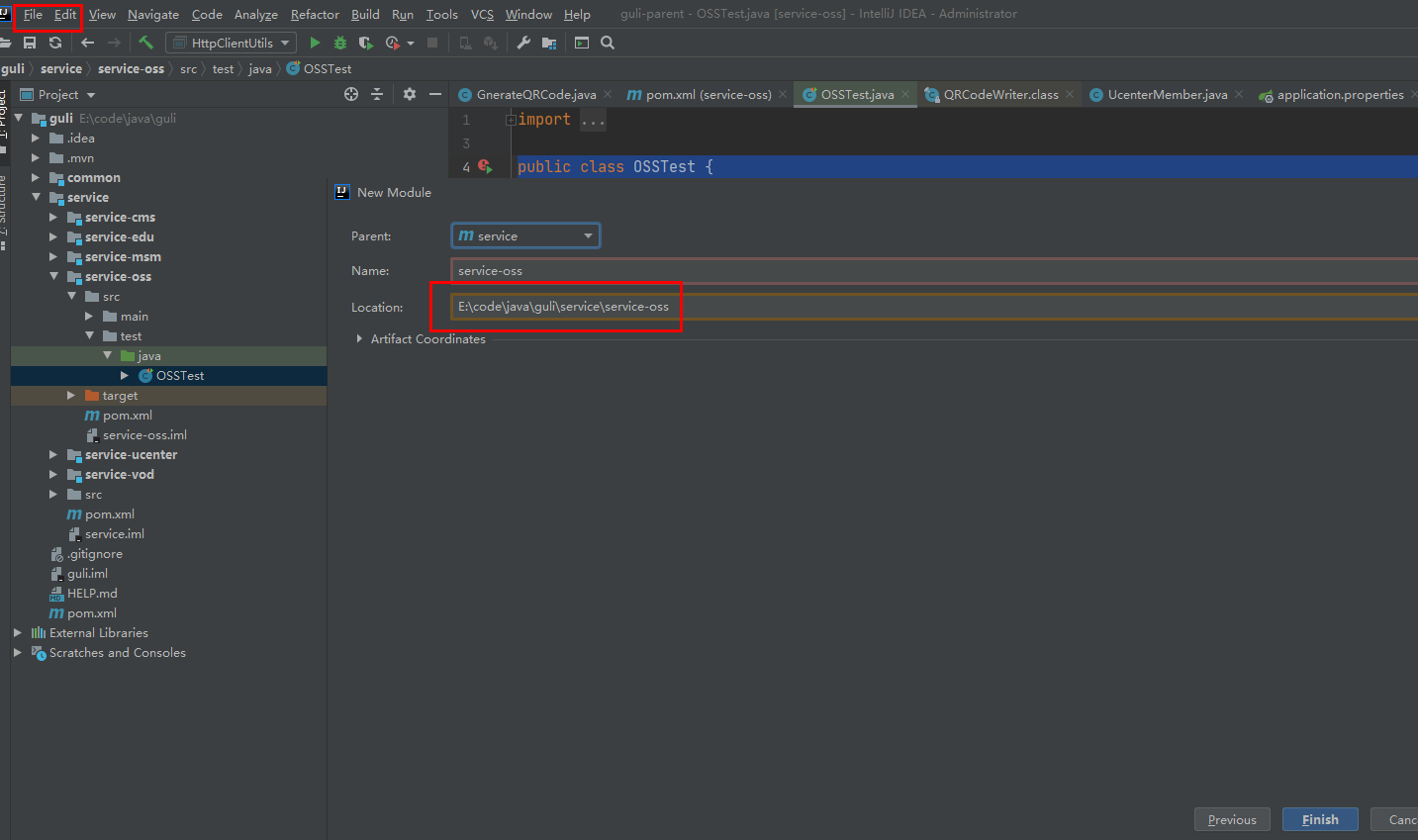
2,配置Pom.xml
service-oss上級(jí)模塊service已經(jīng)引入service的公共依賴,所以service-oss模塊只需引入阿里云oss相關(guān)依賴即可,service父模塊已經(jīng)引入了service-base模塊,所以Swagger相關(guān)默認(rèn)已經(jīng)引入,上邊已經(jīng)引過(guò)了
3,配置Application.properties
#服務(wù)端口
server.port=8002
#服務(wù)名
spring.application.name=service-oss
#環(huán)境設(shè)置:dev、test、prod
spring.profiles.active=dev
#阿里云 OSS
#不同的服務(wù)器,地址不同
aliyun.oss.file.endpoint=oss-cn-beijing.aliyuncs.com
aliyun.oss.file.keyid=LTAI5tSjEbLtaqn8HMe4zF4G
aliyun.oss.file.keysecret=mGgEO1ueh5WdVK4oK4kJOSPQgHPR5m
#bucket可以在控制臺(tái)創(chuàng)建,也可以使用JAVA代碼創(chuàng)建
aliyun.oss.file.bucketname=fire-file
5,創(chuàng)建啟動(dòng)類
@ComponentScan({"com.atguigu"})
@SpringBootApplication(exclude = DataSourceAutoConfiguration.class)
public class OssApplication {
public static void main(String[] args) {
SpringApplication.run(OssApplication.class,args);
}
}
6,實(shí)現(xiàn)文件上傳
創(chuàng)建常量讀取工具類:
ConstantPropertiesUtil.java,使用@Value讀取application.properties里的配置內(nèi)容用spring的 InitializingBean 的 afterPropertiesSet 來(lái)初始化配置信息,這個(gè)方法將在所有的屬性被初始化后調(diào)用。
@Component
public class ConstantPropertiesUtil implements InitializingBean {
@Value("${aliyun.oss.file.endpoint}")
private String endpoint;
@Value("${aliyun.oss.file.keyid}")
private String keyId;
@Value("${aliyun.oss.file.keysecret}")
private String keySecret;
@Value("${aliyun.oss.file.bucketname}")
private String bucketName;
public static String END_POINT;
public static String ACCESS_KEY_ID;
public static String ACCESS_KEY_SECRET;
public static String BUCKET_NAME;
@Override
public void afterPropertiesSet() throws Exception {
END_POINT = endpoint;
ACCESS_KEY_ID = keyId;
System.out.println(ACCESS_KEY_ID+"==========================");
ACCESS_KEY_SECRET = keySecret;
BUCKET_NAME = bucketName;
}
}
7,文件上傳
創(chuàng)建Service接口:FileService.java
public interface FileService {
/**
* 文件上產(chǎn)到阿里云oss
* @param file
* @return
*/
String upload(MultipartFile file);
}
@Service
public class FileServiceImpl implements FileService {
@Override
public String upload(MultipartFile file) {
// 工具類獲取值
String endpoint = ConstantPropertiesUtil.END_POINT;
String accessKeyId = ConstantPropertiesUtil.ACCESS_KEY_ID;
String accessKeySecret = ConstantPropertiesUtil.ACCESS_KEY_SECRET;
String bucketName = ConstantPropertiesUtil.BUCKET_NAME;
try {
// 創(chuàng)建OSS實(shí)例。
OSS ossClient = new OSSClientBuilder().build(endpoint, accessKeyId, accessKeySecret);
//獲取上傳文件輸入流
InputStream inputStream = file.getInputStream();
//獲取文件名稱
String fileName = file.getOriginalFilename();
//1 在文件名稱里面添加隨機(jī)唯一的值
String uuid = UUID.randomUUID().toString().replaceAll("-","");
// yuy76t5rew01.jpg
fileName = uuid+fileName;
//2 把文件按照日期進(jìn)行分類
//獲取當(dāng)前日期
// 2019/11/12
String datePath = new DateTime().toString("yyyy/MM/dd");
//拼接
// 2019/11/12/ewtqr313401.jpg
fileName = datePath+"/"+fileName;
//調(diào)用oss方法實(shí)現(xiàn)上傳
//第一個(gè)參數(shù) Bucket名稱
//第二個(gè)參數(shù) 上傳到oss文件路徑和文件名稱 aa/bb/1.jpg
//第三個(gè)參數(shù) 上傳文件輸入流
ossClient.putObject(bucketName,fileName , inputStream);
// 關(guān)閉OSSClient。
ossClient.shutdown();
//把上傳之后文件路徑返回
//需要把上傳到阿里云oss路徑手動(dòng)拼接出來(lái)
// https://edu-guli-1010.oss-cn-beijing.aliyuncs.com/01.jpg
String url = "http://"+bucketName+"."+endpoint+"/"+fileName;
return url;
}catch(Exception e) {
e.printStackTrace();
return null;
}
}
}
控制層
@RestController
@RequestMapping("/eduoss")
@CrossOrigin
public class FileUploadController {
@Autowired
private FileService fileService;
/**
* 13
* 文件上傳
* 14
* <p>
* 15
*
* @param file 16
*/
@ApiOperation(value = "文件上傳")
@PostMapping("upload")
public R upload(
@ApiParam(name = "file", value = "文件", required = true) @RequestParam("file") MultipartFile file) {
String uploadUrl = fileService.upload(file);
//返回r對(duì)象
return R.ok().message("文件上傳成功").data("url", uploadUrl);
}
}
重啟OSS服務(wù),用Swagger進(jìn)行測(cè)試。






